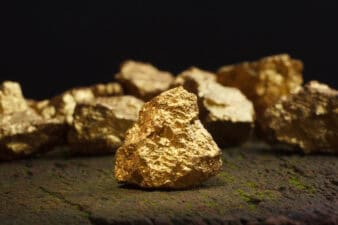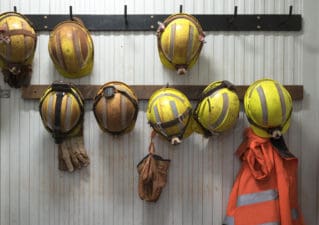The weakness in the Canadian dollar may be shaping up to be one of the biggest stories for 2016, and it is essential that every Canadian investor take note. Weakness in commodities was a key theme in 2015, and investors who took note were able to reduce commodity exposure and get in to more consumer-focused names; they were likely able to close the year in the green.
Many top analysts are forecasting a very weak loonie relative to the U.S. dollar for 2016—Morgan Stanley expects the loonie to hit a low of US$0.69 (CAD$1.45) in 2016, with the average analyst estimate projecting US$0.74 (CAD$1.35) at year-end 2016.
While this may be bad news for Canadians hoping to travel to the states, it can be good news for your portfolio if you buy names that benefit from a weak loonie—names such as Canadian National Railway Company (TSX:CNR)(NYSE:CNI) or Potash Corporation of Saskatchewan Inc. (TSX:POT)(NYSE:POT).
Why the loonie is in for a rough year
Before getting in to how to prepare your portfolio for a year of currency weakness, it is important to understand why the loonie is not forecasted to do well. There are many factors that affect an exchange rate, such as differences in interest rates between countries, economic performance, and trade balance. The loonie has all these working against it.
With regards to trade balance, potentially the biggest factor that affects the loonie is the price of oil. The two move together, and as oil falls, so does the loonie relative to the U.S. dollar. In fact, analysts at National Bank stated in their December forex report that this connection is now close to the strongest it’s ever been.
The link between the loonie and oil prices happens because oil is Canada’s largest export, and Canada receives oil revenues in U.S. dollars. Currently, 15% of Canada’s foreign exchange earnings comes from oil sales, and Canada exports 97% of its oil to the U.S.
When Canada receives U.S. dollars from oil revenues, they must exchange U.S. dollars for Canadian dollars, which increases the demand for Canadian dollars and strengthens the currency. When there are less oil exports, the demand for Canadian dollars is less.
Next year is not expected to be a good year for oil prices. The IEA is not expecting a price recovery in 2016, and new supply from OPEC, Iran, and Russia is expected to put further pressure on the market.
In addition to this, higher interest rates and better economic performance in the U.S. will add to the loonie’s weakness relative to the U.S. dollar.
How to prepare your portfolio for the coming weakness
Fortunately, there are a few reasons why this is good news for investors. Firstly, companies that have U.S. operations and report in Canadian dollars benefit because when they receive their U.S. earnings, those earnings are translated back into Canadian dollars, which will be worth much more due to the U.S. dollar’s strength relative to Canadian dollars. This is also true for Canadian companies that sell products in U.S. dollars (like commodity companies).
Canadian National Railway (CN) is an excellent example. CN reports in Canadian dollars, but has extensive U.S. operations. For example, 13% of CN’s revenues comes from transporting forest products, and 75% of these are transported from B.C. to U.S. housing starts. CN also has a huge intermodal operation, much of which receives U.S. revenues.
About 55% of revenues for CN are in U.S. dollars, and since costs are mainly Canadian, CN receives a big foreign exchange boost, which adds to earnings. In Q3 2015, the weak loonie added $107 million to CN’s earnings, which comprised 12% of the 21% earnings growth CN realized in Q3. Adding CN to your portfolio is an excellent way to benefit from the loonie.
Potash Corp. is also an excellent idea. Potash Corp. reports and sells in U.S. dollars, but its potash mines and costs are located in Canada, which lowers its expenses. For example, it cost Potash Corp. US$136 to produce a tonne of potash in 2013. In Q2 2015, it cost $105 per tonne, and half of this decrease was due to the weak loonie.
This makes Potash Corp. more competitive than it already is (as the world’s largest producer by capacity and operator of the world’s lowest-cost mine at Rocanville) and enables it to withstand weakness in potash prices.




